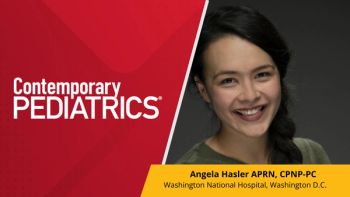
Pathological gaming leads to multiple negative effects
Pathological gaming has become an increasing concern as more technology ends up in the hands of teenagers. A new study looks at the incidence and effects of compulsive gaming in teenagers over time.
The current coronavirus crisis with its stay-at-home restrictions and social isolation has likely led many teenagers to spend more time with their video games, and for some this may lead to issues of pathological gaming. A new
Researchers recruited 385 teenagers who averaged age 15 years at the start of the study. Each participant was given a questionnaire once a year over the course of 6 years. The questionnaire included questions about depression, pro-social behavior, aggression, empathy, anxiety, financial stress, delinquency, problematic cell phone use, sensory reactivity, and shyness.
The investigators found that participants went along 3 distinct trajectories. Among approximately 10% of the teenaged participants, there were moderate levels of pathological gaming at the beginning of the study and the symptoms increased over the 6 years. Eighteen percent of participants began the study with moderate symptoms of pathological gaming, but they did not change during the 6 years. The bulk of the sample, 72%, had relatively level symptoms at the beginning of the study and during the following 6 years. A participant being male predicted the increasing and moderate groups. The increasing symptoms were tied to the worst outcomes over time. Even when controlling for variables, the 10% with increasing use had higher levels of depression, aggression, shyness, problematic cell phone use, and anxiety than the group with relatively low symptoms.
References:
1. Coyne SM, Stockdale LA, Warburton W, Gentile DA, Yang C, Merrill BM. Pathological video game symptoms from adolescence to emerging adulthood: a 6-year longitudinal study of trajectories, predictors, and outcomes. Dev Psychol. April 30, 2020. Epub ahead of print. doi: 10.1037/dev0000939
Newsletter
Access practical, evidence-based guidance to support better care for our youngest patients. Join our email list for the latest clinical updates.








